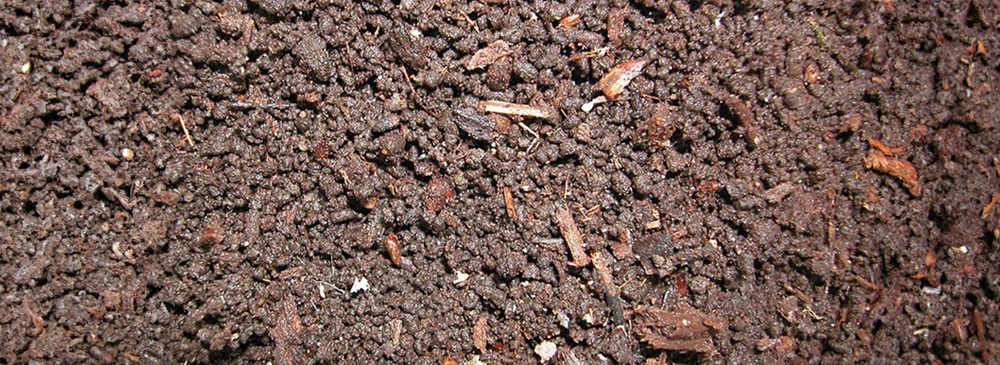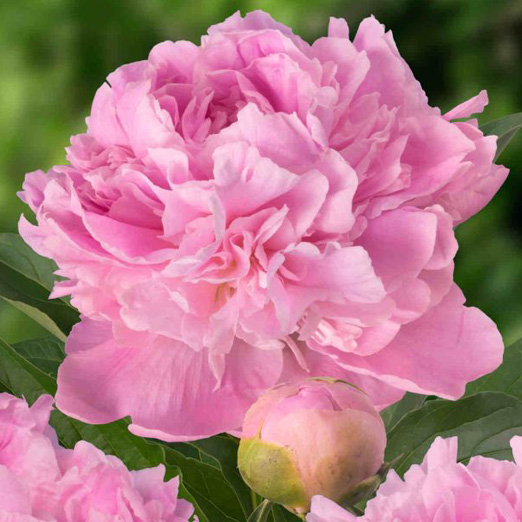Soil Types in the UK
Soil Types in the UK

Knowing your soil will enhance the prosperity of your plants during growth and throughout maturity. Depending on where we are located in the country, we will all have different soil types and PH balances that require specific actions to make them more workable and managable.
Many plants do not cope with extreme variants in soil types and so it is vital that we assess the planting area before we design and incorporate plants into our gardens.
Chalk Soil

Chalk and limestone soil types are alkaline based, which is extensively located across the UK.
Chalky soil is most commonly shallow, stony and free-draining where organic matter can decay quickly, diminishing its level of fertility.
Although organic matter will fade quickly, it is important to add plenty of it when dealing with chalky soil. Mulch each plant with material such as manure and garden compost and apply plenty of fertiliser.
This should help to conserve moisture and encourage healthy growth.
Clay Soil

Soils that are rich in clay particles are known are ‘heavy’ soils.
Conditions of this type are renowned for being difficult to handle, as they become a sticky mess in the winter and are like that of a concrete block during summer. The main benefit of clay soil is that it is often extremely fertile.
It is always recommended to make improvements to clay soil by providing supplementary material to make it easier to work with and to improve drainage.
Clay soil is renowned for retaining moisture. Manure, leaf mould, composted bark or garden compost will improve the conditions of clay soil and will make it a lot easier to manage and handle.
Loamy Soil

Loamy soils are the perfect combination of sand, clay and silt, taking the best characteristics from each and abandoning the lesser-preferred attributes.
Most plants will thrive when planted within loam based soil and we are considered lucky if we source this in our gardens.
However, even good soils aren’t perfect and it is recommended that a generous amount of organic matter is added to the native soil whilst you are cultivating and digging.
This will supplement the planting area with vital nutrients, improving overall growing conditions.
Sandy Soil

Sandy soils are easy to work with, although will drain quickly when watered.
Rain water will often wash away nutrients which can diminish a plants chance of survival if not monitored carefully.
To improve nutritional value in sandy soil, incorporate generous amounts of moisture retentive organic matter consisting of farm manure, garden compost or leaf mould.
You may wish to apply a slow release fertiliser at the time of planting to encourage optimum health and growth.
What type of soil do I have?
Chalk
Chalk or limestone soil can be easily identifiable with the eye, as they could contain visible clumps of chalk-like stone that are easily broken up. A tried and tested way to discover whether you have chalk or limestone soil is by placing it in a jar of vinegar. If the mixture froths, it means that it contains calcium carbonate (chalk) or limestone and is lime rich.
Clay
Clay is often one of the easier soil classifications to identify as it is often a sticky and thick substance, hard to dig and work. One method that will recognize clay soil is to roll a handful into a ball. If it looks more like dough with no cracking or flaking, it is likely that your soil is predominantly made up of clay.
Loamy
To determine whether you have loamy soil, fill a jam-jar-sized container with a 1/3 of soil. Mix with water and a tablespoon of liquid detergent. Shake the jar for a couple of minutes and leave overnight. If the water is still a little murky with bits of suspended soil, you have a loam-based soil.
Sandy
Sandy soil is just that. It looks very much like what you would find on a beach although may be slightly darker in colour. It is gritty to the touch and will crumble if molded into a shape.





